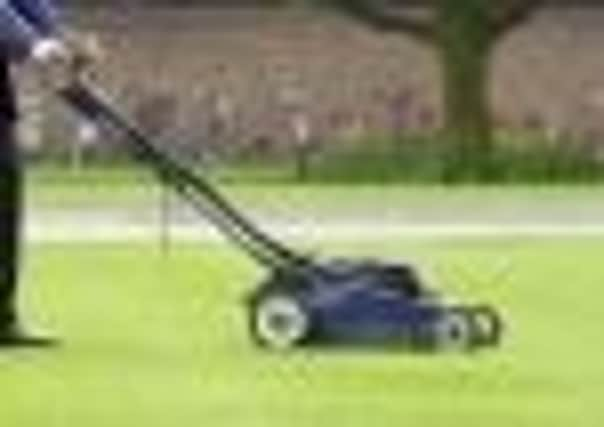Keep off the grass


Although in most cases the mower has been put away now for a well-earned rest, an occasional warm spell may encourage the grass to begin growing again. Unless it threatens to get as high as an elephant’s eye, it’s best to leave well alone and let the mower remain where it is until next spring.
Many people who resent the time it takes to keep a lawn in shape tend to cut the grass too short and leave too long between cuttings.
Advertisement
Hide AdAdvertisement
Hide AdUnfortunately, grass doesn’t appreciate being allowed to grow long and then to be cut down to just above ground level. It stresses the plant and creates a thin covering open to dead patches and weed growth.
For a good looking lawn, cut it regularly – every week is a good rule of thumb. And cut the grass to a reasonable length – don’t scalp it. With regular feeding and weeding you will have a lawn to be proud of.
Feeding the lawn is vital if you want a healthy greensward.
In autumn, that means scarifying the lawn and then applying a potash-rich feed which encourages strong roots.
Advertisement
Hide AdAdvertisement
Hide AdThen, next April, treat the lawn with a combined fertiliser/weedkiller.
The high nitrogen content will green up the grass while the weedkiller element will get to work eradicating broadleaved weeds like clover, dandelions and daisies.
In early summer – usually June – feed the grass again and apply a selective weedkiller to get rid of all weeds, including the small-leaved ones.
Winter tip: Keep off the grass when ground frost has covered every blade with ice crystals.
Advertisement
Hide AdAdvertisement
Hide AdWalking over frosted grass will physically bruise where you tread and will leave brown footprints that last several weeks before they grow out. Not a pretty sight. Follow these simple care rules and will be well.